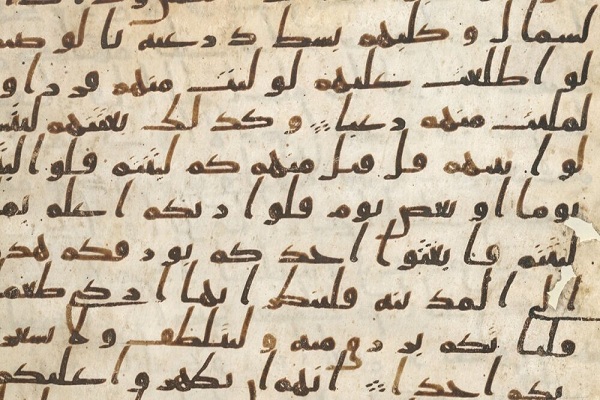Old Quranic Manuscripts Added to Iran National Heritage List

The objects are native to Kerman and they are being kept at various museums across southeastern province.
The new entrées were selected by a special committee of experts affiliated with the Ministry of Cultural Heritage, Tourism and Handicrafts before being officially declared to the provincial government in two separate letters.
According to Tehran Times, the Quranic manuscripts are famed as "Qarakhatai, and Hussein both handwritten in styles that originate from Kufic style script.
A is a roughly conical container from which fluids were intended to be drunk or to be poured in some ceremony such as libation, or merely at table. They are typically formed in the shape of an animal's head and were produced over large areas of ancient Eurasia, especially from Persia to the Balkans.
Many have an opening at the bottom through which the liquid fell; others did not and were merely used as drinking cups, with the characteristic that they could not usually be set down on a surface without spilling their contents.
Edged by the central Iranian desert, the Dasht-e Lut, Kerman province, is bounded by the provinces of Fars on the west, Yazd on the north, South Khorasan on the northeast, Sistan-Baluchestan on the east, and Hormozgan on the south.
The big and sprawling province has been a cultural melting pot since antiquity, blending Persians with subcontinental tribe dwellers. It is home to myriad historical sites and scenic landscapes such as Bazaar-e Sartasari, Jabalieh Dome, Ganjali Khan Bathhouse, Malek Jameh Mosque, and Shahdad Desert to name a few.



